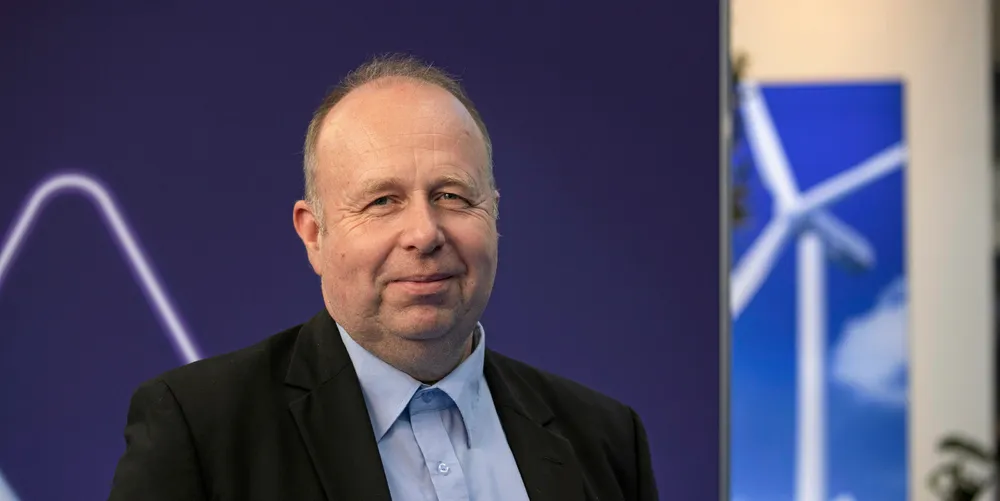Europe must plan 'multi-billion-euro' hydrogen grid now to tap North Sea wind: Siemens Gamesa
New infrastructure needed if Europe to reap full rewards of future multi-gigawatt offshore H2 production, says innovation chief Poul Skjærbæk

Poul Skjærbæk, chief innovation and product officer at Siemens Gamesa, said that while work on the technical challenges of integrating electrolysers and offshore wind turbines is already well underway, massive deployment of projects in the North Sea will be impossible without the means to send the output to where it is needed.
“We really need someone to facilitate the investments in these big distribution assets to trigger hydrogen projects offshore.”
While there is some tentative exploratory work by the gas industry, Skjærbæk claimed ultimately “some sort of political push” will be needed to spur what would be “a multi-billion investment to make a central connection into the North Sea to serve Belgium, the Netherlands and Germany”, with backing from the EU “a good place to start”.
A 48-inch diameter gas pipeline into the North Sea and connecting to major demand centres would mean “we could relatively quickly start decarbonising the heavy industry in the Ruhr area” using offshore-wind powered green hydrogen, he added.
There is also already interest from the shipping industry in using green fuel – if it can be transported to where it is needed for bunkering (refuelling) vessels at ports such as Hamburg or Rotterdam.
“I met with one of the big shipping companies the other day, and they were very keen in understanding how they could get a green fuel – and this was immediately the challenge that came up.
“They may have two or three places where they normally bunker and they would need the fuel there.”
The Siemens partnership wants to getting a full-scale offshore demonstrator up and running by 2026 and introduce a “bread-and-butter” product into the market in time for accelerated growth towards the end of the decade that could rapidly be deployed at gigawatt scale.
Skjærbæk said it is crucial that any hydrogen distribution investments are made with future massive scale in mind and not geared around early, smaller projects.
“A 48-inch pipeline will help you with 20GW of [offshore wind hydrogen] production where a 12-inch pipe will be 1GW – but the cost difference between the two is maybe 25%.”
(Copyright)